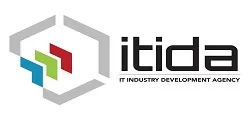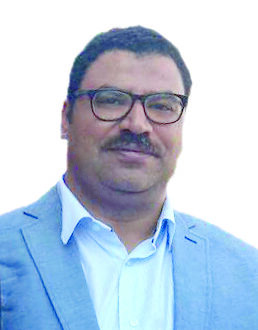In the digital age, where connectivity is a hallmark of progress, we find ourselves facing a stark reality: drug dealers have seamlessly integrated themselves into popular social media and e-commerce platforms, peddling illicit narcotics with brazen disregard for the well-being of individuals and communities. The recent report from the International Narcotics Control Board (INCB), partnered with the UN, sheds light on the extent of this challenge and underscores the urgent need for coordinated global action.
The advent of the internet and social media was hailed as a monumental advancement for humanity, facilitating the dissemination of information and fostering unprecedented levels of connectivity. However, it has also provided malefactors with an unparalleled tool for promoting and selling drugs, as well as disseminating false information and advertising. The UN report paints a troubling picture of criminal gangs exploiting social media channels, turning them into virtual market places where inappropriate and misleading content proliferates, often targeted at vulnerable demographics such as children and adolescents.
Yet, amidst this bleak landscape, there remains a glimmer of hope. The same platforms that are being exploited by drug traffickers can be leveraged by authorities and stakeholders to combat the spread of narcotics. By utilising social media as a conduit for promoting health and well-being, and disseminating accurate information about the risks associated with drug use, we can disrupt the insidious efforts of those seeking to profit from human suffering.
The report also unveils significant updates on the global narcotics landscape, underscoring the complex and evolving nature of the challenge we face. From the decline in opium poppy cultivation in Afghanistan to the surge in methamphetamine trafficking in South Asia, it is clear that the battle against drug trafficking knows no borders. Moreover, the rise of synthetic drugs in Pacific island states and the persistent opioid crisis in North America serve as sobering reminders of the breadth and depth of this scourge.
However, the challenges extend beyond mere supply and demand dynamics. The report highlights the use of encryption methods, anonymous browsing on the darknet, and payments in cryptocurrencies, which present formidable obstacles for law enforcement agencies. Moreover, the proliferation of illegal internet outlets selling drugs without prescriptions poses a grave health risk to unsuspecting consumers, contributing to the estimated $4.4 billion global trade in illicit pharmaceuticals.
To address these multifaceted challenges, concerted efforts are required at both the national and international levels. Countries must cooperate to identify and respond to emerging threats, leveraging the expertise of organisations such as the INCB to develop effective strategies for combating drug trafficking in the digital age. Moreover, internet platforms must be enlisted as allies in the fight against narcotics, raising awareness about drug abuse and supporting public health campaigns to educate and empower individuals to make informed choices.
The nexus between social media, e-commerce, and narcotics represents a formidable challenge that demands a unified response from the international community. By harnessing the power of technology and collaboration, we can stem the tide of drug trafficking and safeguard the health and well-being of future generations. It is imperative that we act swiftly and decisively to confront this pressing issue head-on, for the stakes could not be higher.






Discussion about this post